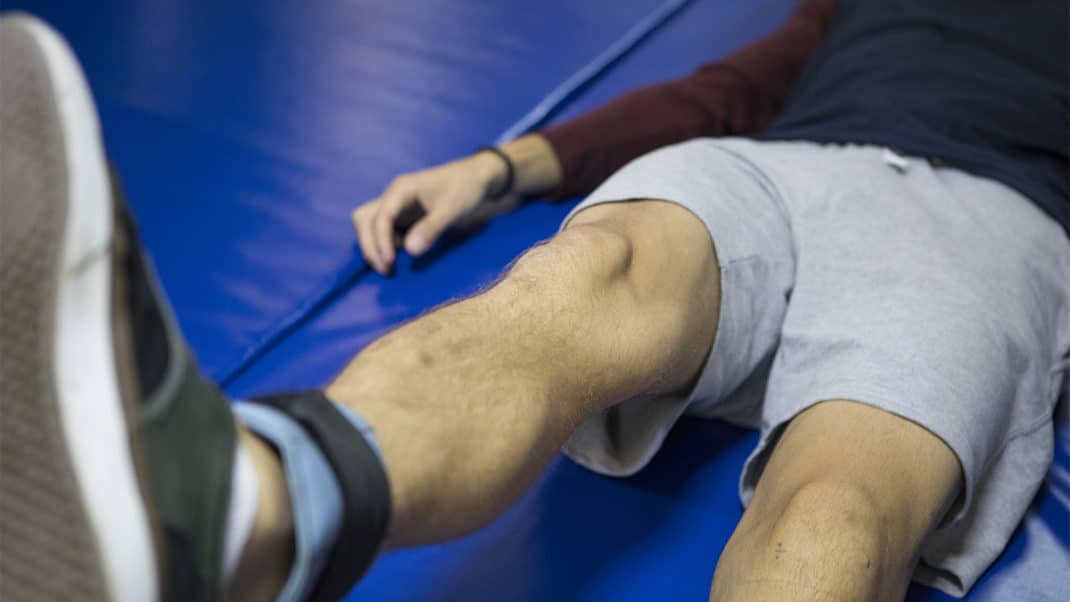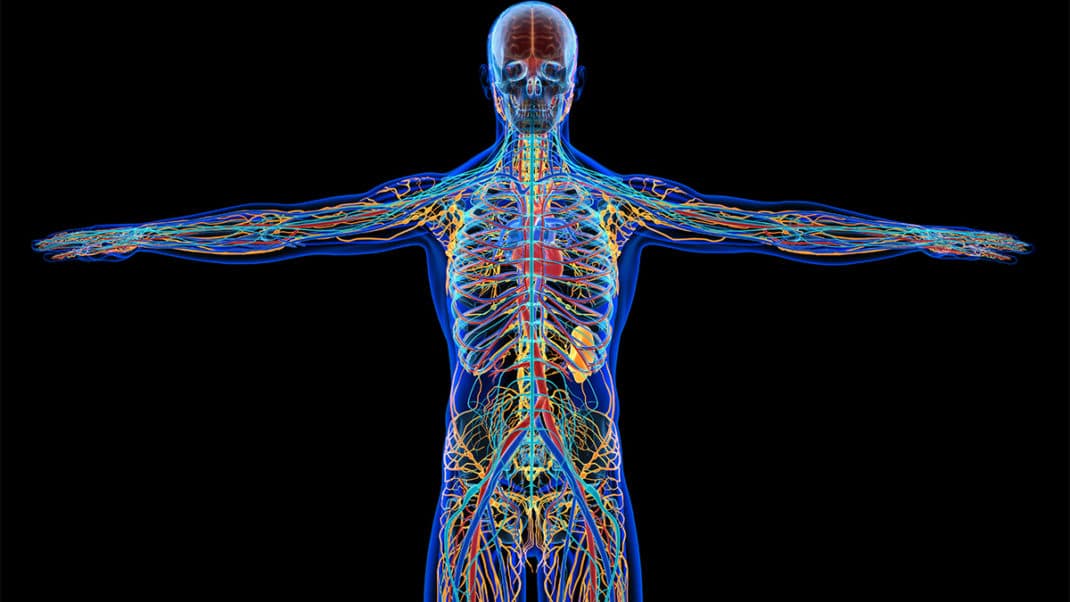Preventing Carpal Tunnel Syndrome
Do you use the computer all day long? Then you may be at risk for carpal tunnel syndrome (CTS), a painful, progressive condition caused by compression of a key nerve in the wrist.
What causes CTS and what can you do to prevent it? To find out, read these insights from Stephanie Hoffman, MS, PT, physical therapist and owner of La Jolla Shores Physical Therapy in La Jolla, California.
CTS usually happens when the median nerve, which runs from the forearm into the hand, becomes pressed or squeezed at the wrist. This nerve controls sensations in, and impulses to, the small muscles in the hand, allowing certain fingers and the thumb to move. The median nerve is contained in the carpal tunnel, a narrow, rigid passageway of ligament and bones at the base of the hand. If irritated or swollen, the tunnel narrows, compressing the median nerve. This results in pain, weakness or numbness in the affected hand and wrist, symptoms that can spread up the arm.
CTS is most likely to affect people who perform repetitive fine-motor activities. The symptoms typically increase with heavy computer use. Other factors that contribute to the condition include performing tasks that involve an awkward wrist angle (such as using a calculator or computer mouse); gripping an item with excessive force; doing work that requires the arms to be elevated with constant tension in the shoulders (painting, housework or even some yoga poses that place the wrist in excess flexion or extension); or performing any movement that places repeated force on the palm of the hand. According to the National Institute of Neurological Disorders and Stroke, women are three times more likely than men to develop CTS.
The most common symptoms of CTS include pain and numbness in the hand(s); weakness or lack of coordination in the hand(s); and change in sensation in the thumb, index and middle fingers. Symptoms usually begin gradually with a burning, tingling or itching in the palm of the hand or fingers. These symptoms are often first noticed in the morning, since many people sleep with their wrists flexed. The dominant hand is usually the one affected first. As symptoms worsen, these sensations start to occur during the day. A decline in grip strength can make it difficult to perform simple tasks, such as forming a fist or grasping small objects.
The condition can sometimes be managed with conservative measures, such as exercise and altered workplace ergonomics, but in severe cases surgery may be the only alternative to alleviate the symptoms and prevent permanent nerve damage. If you suspect you have CTS, see your doctor to get diagnosed and begin treatment.
To help prevent carpal tunnel syndrome (CTS), get an ergonomic assessment of your workspace. Find an ergonomics specialist who can look at the position of your computer terminal; placement of the keyboard; position of the wrists when typing; chair height and positioning; and usage of other desktop tools, such as phones.
Here are some tips on improving ergonomics in the office from The Ergonomics Manual by The Saunders Group:
- Place the top of your computer monitor at eye level for proper head and neck positioning.
- Use a padded wrist rest to reduce arm and shoulder discomfort.
- Place your keyboard at elbow height with a slight incline.
- Keep both feet flat on the floor or rest them on a footrest for better stability.
- Take frequent breaks during the day, and use the time to stretch and walk around.
- Remove your hands from the mouse or keyboard when not typing, to give your hands a break.
- Change the position of your neck, arms and wrists when sitting for long periods.
- Stand up when talking on the phone, to relieve postural strain from excess sitting.




